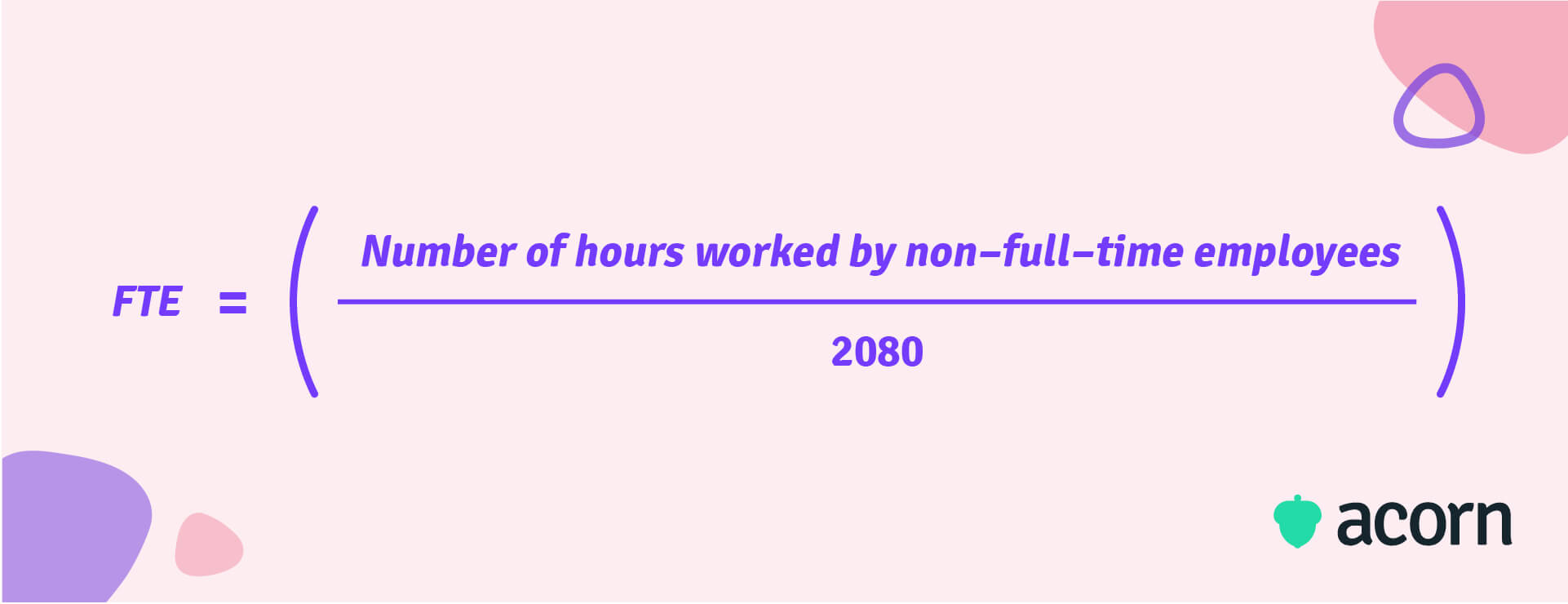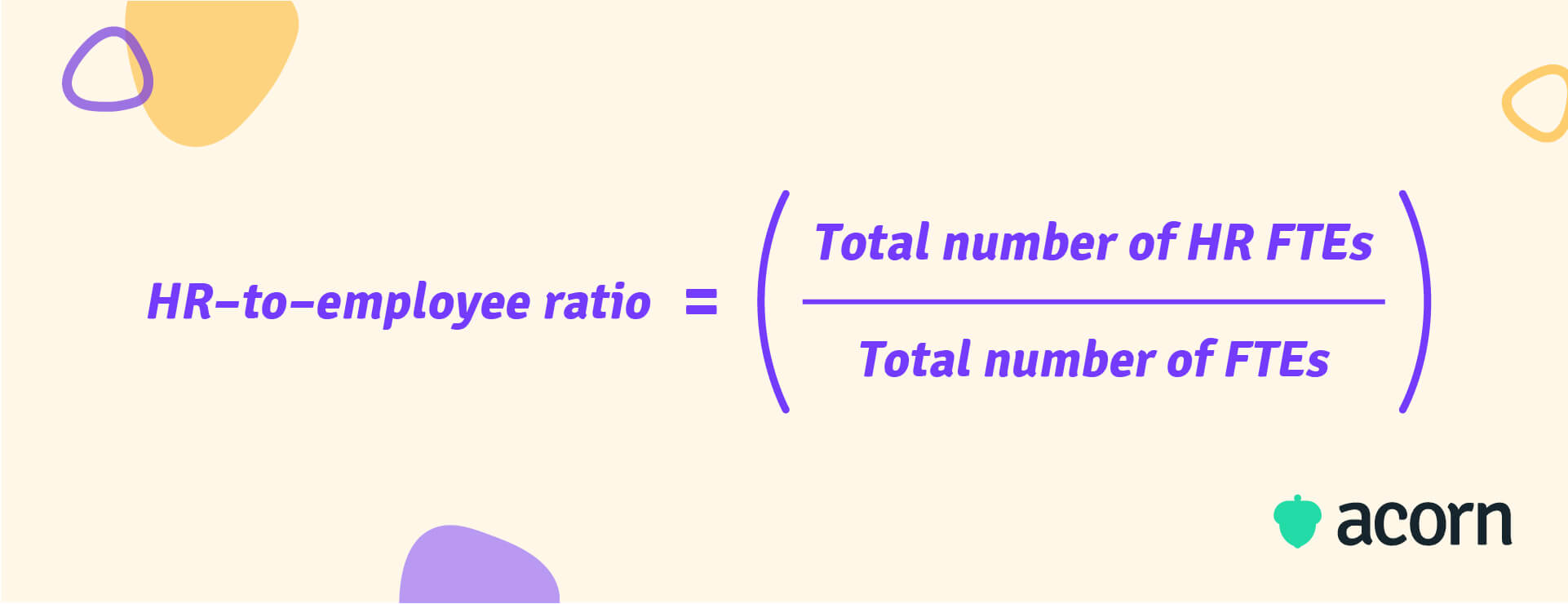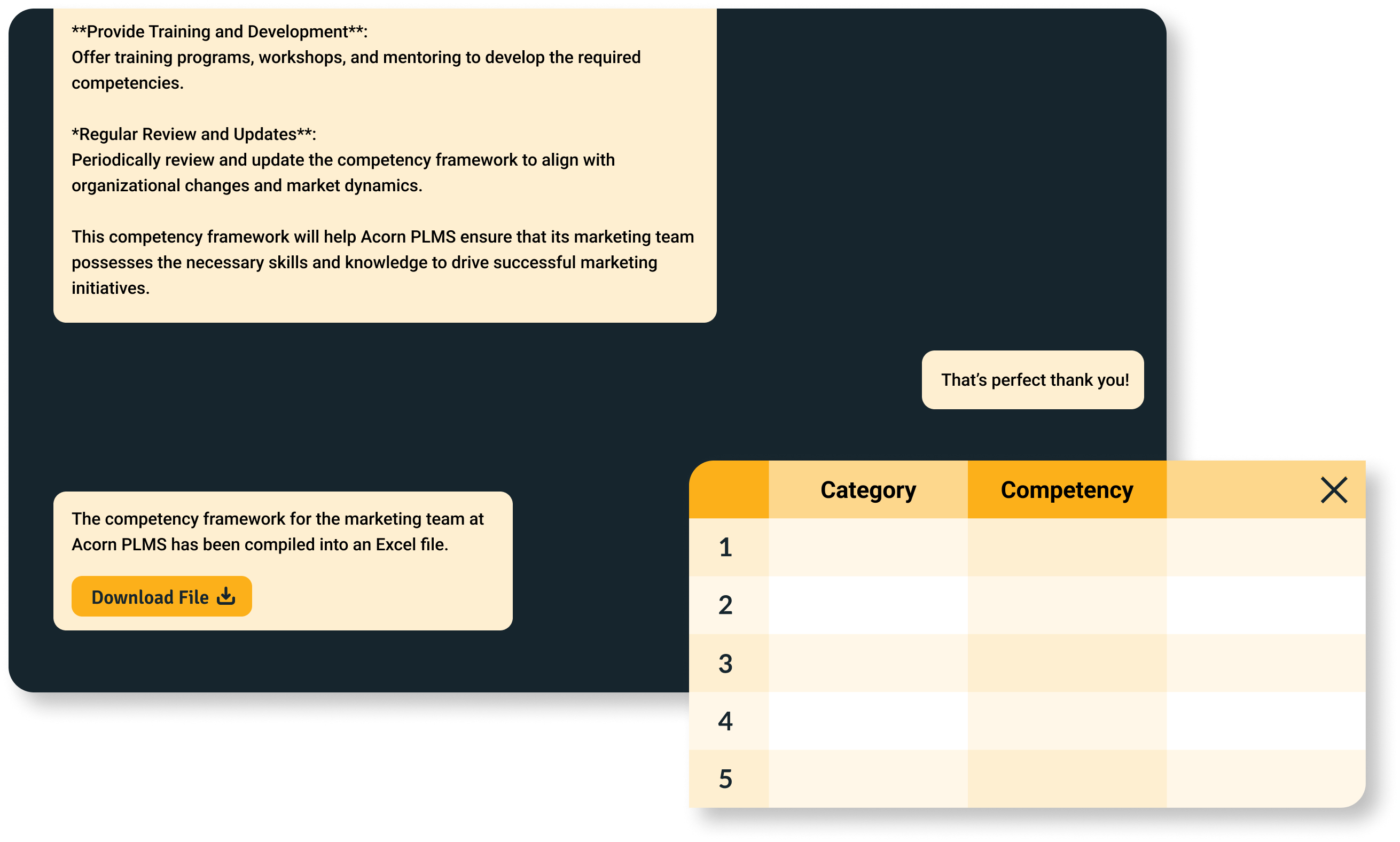How to Determine an Optimal HR-to-Employee Ratio
Reading Time:

Lead the pack with the latest in strategic L&D every month— straight to your inbox.
SubscribeThe HR-to-employee ratio is one of those metrics every executive asks HR about but few agree on.
Too many HR staff, and you risk being seen as bloated or inefficient. Too few, and critical workforce needs fall through the cracks. The reality is that the “right” ratio depends less on benchmarking and more on the complexity of your workforce and business strategy.
In this guide, we’ll break down what the HR-to-employee ratio means, the current benchmarks, and how you can optimize yours to both support employees and demonstrate HR’s value to the business
What is the HR-to-employee ratio?
The HR-to-employee ratio measures the number of full-time HR staff compared to the number of employees in an organization.
It’s usually expressed as:
HR to employee ratio = (Number of HR FTEs / Number of employees) x 100
Why does the HR-to-employee ratio matter?
In short? Because it tells you whether HR is resourced to do more than just “keep the lights on.” A healthy ratio signals that HR has the capacity to go beyond admin tasks and actively shape the workforce of the future.
When your ratio is balanced, HR can:
- Drive strategic workforce planning. Enough capacity means HR can actually forecast capability needs, run gap analyses, and advise leaders on where to hire versus where to develop internally.
- Deliver development programs that stick. Rather than one-off training, HR has space to proactively design capability-led learning pathways that ensure you have the talent to deliver business goals.
- Support managers effectively. Line managers and team leaders get real help on performance, succession, and engagement instead of being left to DIY because HR’s stretched thin.
- Show up as a business partner. The ratio becomes proof HR isn’t just a cost center—it’s a strategic driver.
An unhealthy ratio, by contrast, is felt everywhere. Compliance deadlines slip, HR staff burn out, and managers take on HR work they’re not trained for. Employees get ad hoc, generic experiences instead of real career progression. In the long run, that undermines both retention and execution.
This is also where AI makes the ratio even more important. The best HR teams are using AI to:
- Automate repetitive load. Think payroll queries, policy FAQs, and even first-draft performance review comments—freeing HR capacity without cutting quality and help for employees.
- Spot hidden trends. AI surfaces patterns in turnover, engagement, or skill gaps that would take HR weeks to analyze manually.
- Scale personalization. Tools like Acorn’s Job Description Assistant use AI to create role clarity from the start, ensuring employees know what “good” looks like and reducing misaligned hires that drain HR resources.
While the HR-to-employee ratio can be an indicator of HR efficiency, it’s not helpful to rely on this metric alone. Importantly, it doesn’t show whether an HR department is effective. A highly automated or lean HR department might be efficient on paper, but still not be delivering strategic value. That’s why you need to measure it alongside other metrics like revenue per employee, and remember that technology should augment, not be used for the sake of it. It’s about ensuring HR can reach far enough to stay both efficient and deeply human—personalized, proactive, and directly tied to business outcomes.
How do you calculate the HR-to-employee ratio?
To calculate HR-to-employee ratio, you first need to determine the total number of:
- Full-time or full-time equivalent (FTE) HR employees
- Full-time or FTE employees.
We say FTEs because not all employees are full-time staff. FTE is a unit of measurement indicating workload, so that employees are comparable. Full-time employment is considered to be 2,080 hours (40 hours per week x 52 weeks a year) worked annually. While few employees will work exactly 2,080 hours due to holidays or leave, it’s the standard benchmark for calculation.
So, to find FTE, divide the number of hours worked by non-full-time employees by the expected 2,080.

The formula for finding the HR-to-employee ratio is then the total number of FT and FTE HR staff divided by the total number of FT and FTEs.

As an example, let’s say Company A has a two-member HR team, 50 full-time employees, and six part-time employees who collectively work 6,240 hours over the year. Divide 6,240 by 2,080 hours to get 3 FTEs and add that to the 50 full-time employees to get 0.038.

How many HR employees should you have?
There’s no universal “correct” HR-to-employee ratio, but there are useful benchmarks and factors that can guide you.
Industry benchmarks put the overall average at around 1.4 HR staff per 100 employees. Smaller organizations (under 250 employees) typically operate at a higher ratio—often between 1.7 and 3.0—since HR usually has to cover all functions regardless of scale. Larger organizations (1,000+ employees) often operate closer to 1.0 or below, benefiting from scale and HRBP specialization.
But benchmarks don’t tell the whole story. The right ratio for your business depends on:
- Organization size. Larger companies can spread HR responsibilities or automate, while smaller ones need more HR coverage per head.
- Industry. Highly regulated or people-intensive sectors (like healthcare, consulting, or finance) demand more HR involvement to ensure compliance and up-to-date PD hours.
- Strategic objectives and growth. Fast-growing businesses need stronger HR capacity to keep pace with hiring, onboarding, and workforce development.
- Complexity of HR responsibilities. A company focused on personalized development or with highly manual processes requires more HR resourcing than one with streamlined or automated systems.
- Technology. Businesses with modern HR solutions and self-service options can often operate effectively at a lower ratio.

In other words, benchmarks are a starting point, but context is king. A fast-growing tech company with constant hiring needs may need a far higher ratio than a stable manufacturing firm of the same size. The “right” ratio is the one that ensures HR has the capacity to meet compliance requirements and deliver strategic value to the business.

Ratios highlight strain on HR when roles aren’t properly scoped. Try our Job Description Assistant to design JDs that link directly to capabilities.
CREATE YOUR DESCRIPTIONKey takeaways
The HR-to-employee ratio measures HR headcount against workforce size, but the “right” number depends on industry, growth, complexity, technology, and strategy.
Benchmarks suggest an average of roughly 1.4 HR staff per 100 employees, but context is everything. Optimizing your ratio is less about cutting HR and more about enabling HR to focus on high-value work through automation, tech, and role clarity. A strong HR to employee ratio isn’t just efficient—it’s what allows HR to truly partner with the business and build a workforce ready for the future.